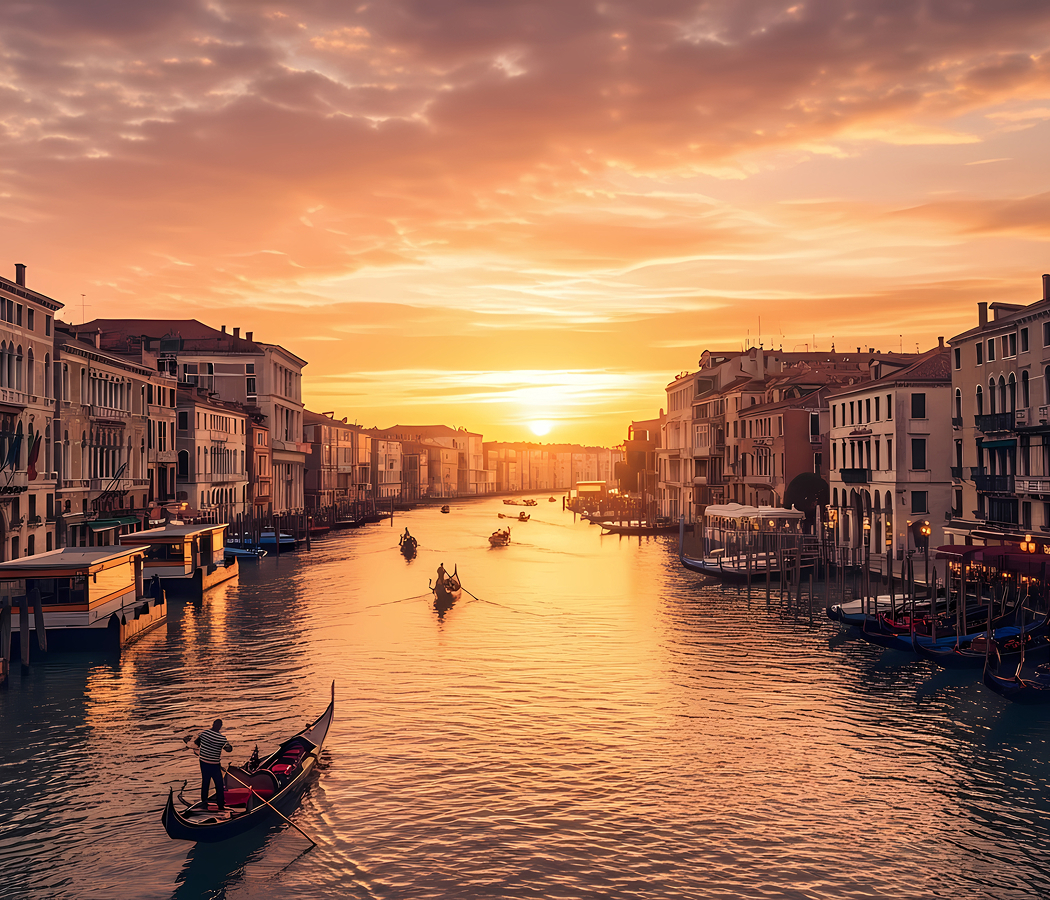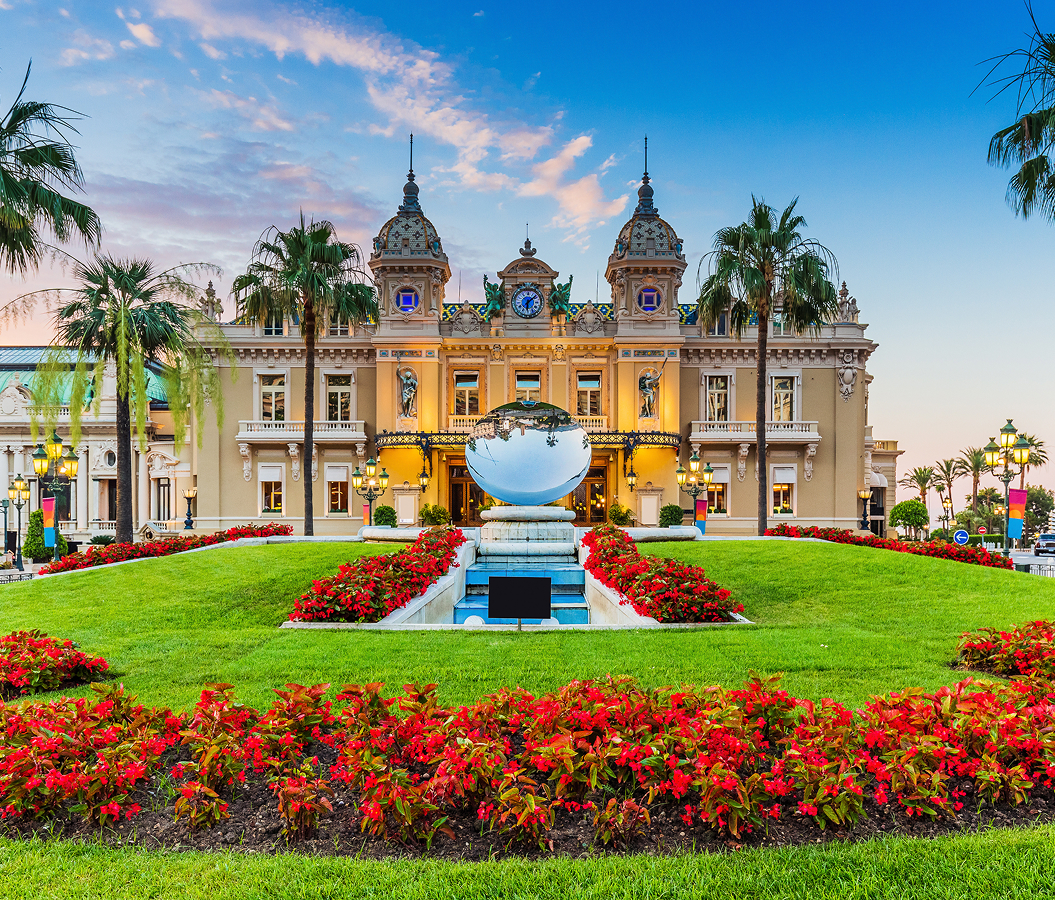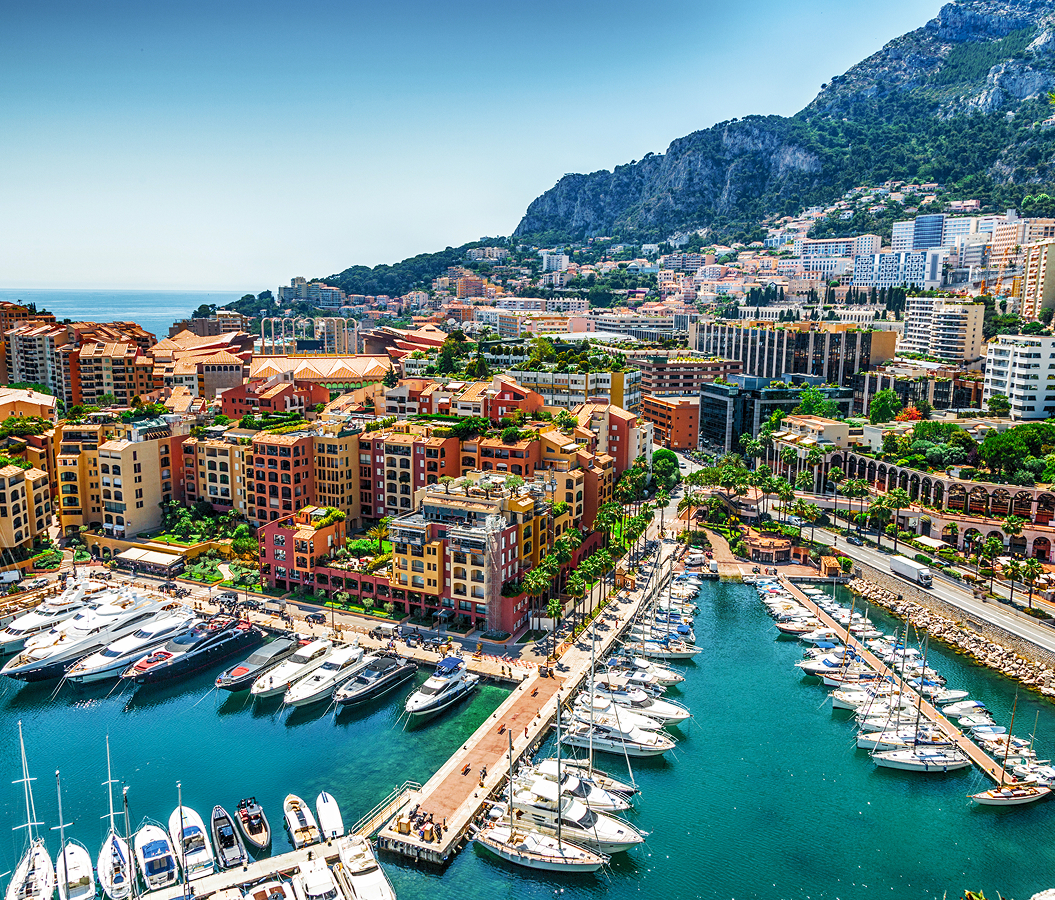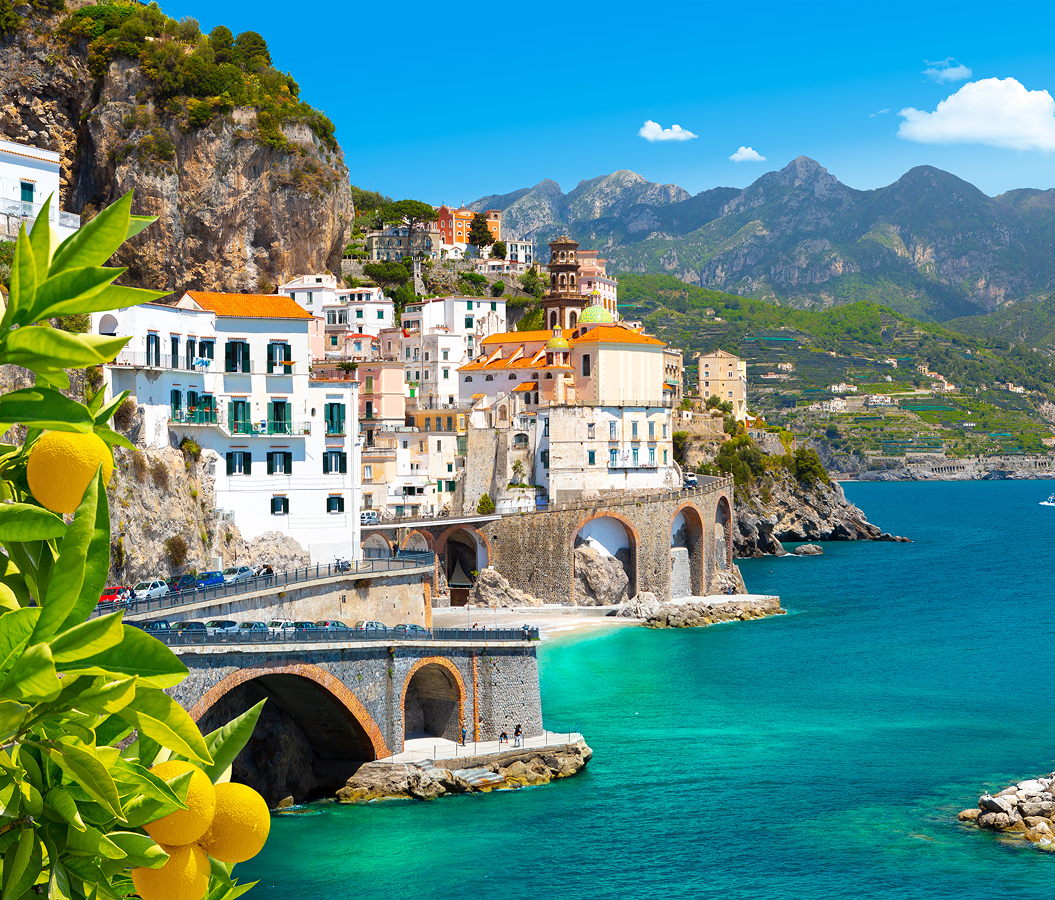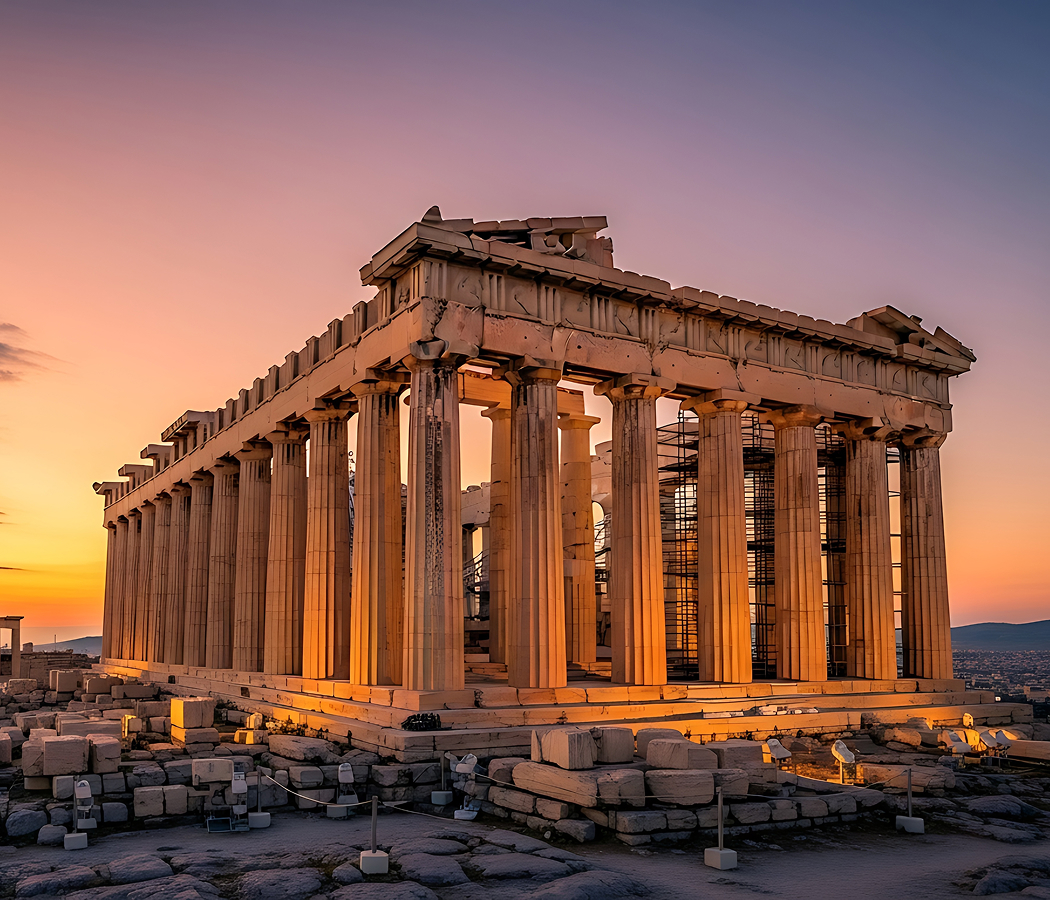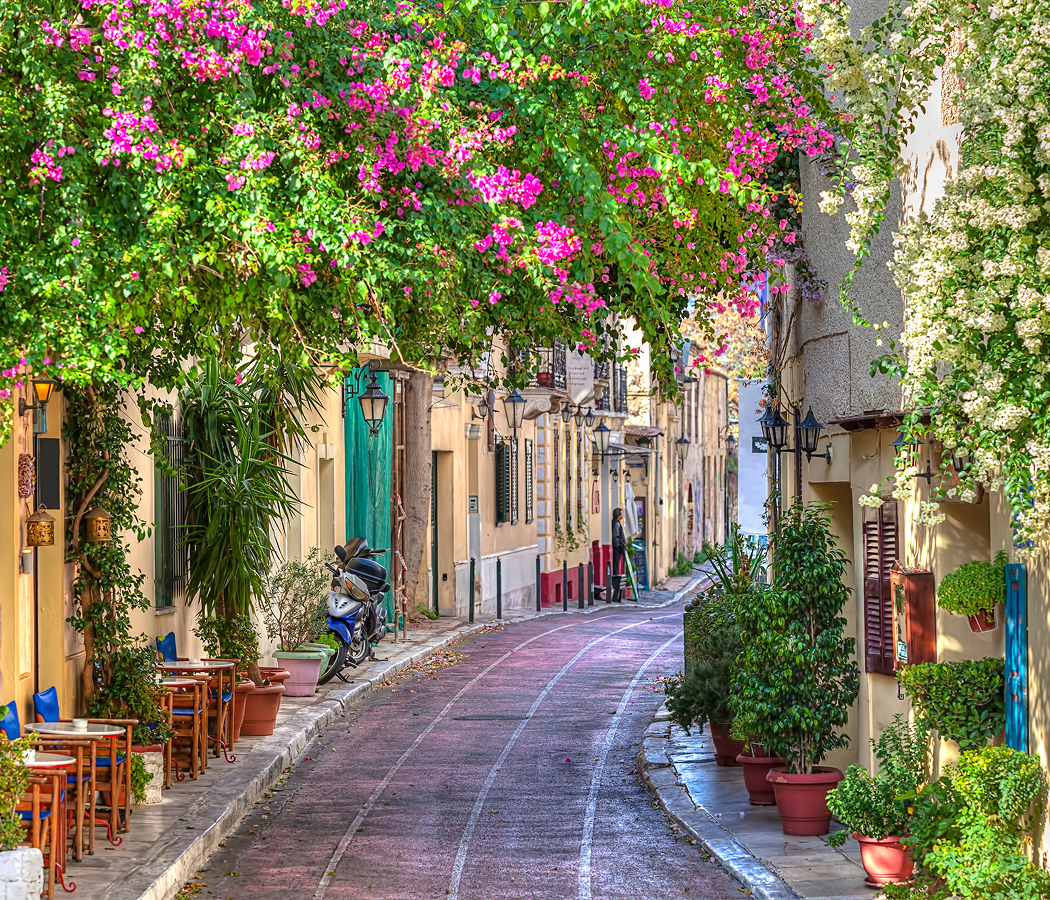
Why you should experience the Colosseum in Rome.
The Colosseum isn’t just a monument, it’s the living heartbeat of ancient Rome still echoing through time.
Rising from the city’s core in monumental tiers of travertine and shadow, it remains one of the most astonishing structures ever built, an amphitheater that once held more than 50,000 spectators cheering beneath an awning of canvas and sun. Step inside, and you can almost hear the roar of the crowd, the clash of steel, the drums of empire reverberating through the stone. Built in 80 AD under Emperor Vespasian and completed by his son Titus, the Colosseum was the stage where Rome performed its power, gladiatorial games, naval battles, and spectacles that blended cruelty with grandeur. Yet what makes it transcendent is its endurance: earthquakes, fires, and centuries of pillage couldn’t erase its form. Today, it stands as both a ruin and a revelation, a masterpiece of Roman engineering and a timeless reminder of humanity’s hunger for glory, beauty, and meaning. Beneath the Italian sun, its arches still glow like embers from an empire that never truly faded.
What you didn’t know about the Colosseum.
Behind its ancient façade lies a story of innovation and contradiction, an architectural marvel born of both genius and ambition.
The Colosseum’s design was centuries ahead of its time: tiered seating for class and status, elevators powered by pulleys to lift wild animals into the arena, and a complex system of tunnels, the hypogeum, that brought the spectacle to life unseen. Its exterior may seem solid, but its secret was flexibility: a web of arches and vaults that absorbed shock and distributed weight with mathematical precision, allowing it to endure two millennia of change. Few realize that the arena floor could be flooded for mock sea battles, or that exotic animals from across the empire, lions, elephants, even crocodiles, once prowled its sands. During the Middle Ages, it was repurposed as a fortress, a quarry, and even a Christian shrine. Every era left its mark, yet its soul remained intact. The Colosseum embodies Rome’s paradox, ruthless yet radiant, broken yet eternal, a monument not just to empire, but to the complexity of what it means to be human.
How to fold the Colosseum into your trip.
To experience the Colosseum as more than a landmark, step into it with reverence, and time.
Arrive early in the morning, when the light is soft and the crowds haven’t yet filled its arches, and walk the circumference slowly, letting your fingers brush the ancient stone. Once inside, stand at the top tier for a panoramic view of the arena below, an amphitheater carved from ambition, then descend into the hypogeum to see the labyrinth where gladiators waited for the signal that could make them immortal. Pair your visit with the Roman Forum and Palatine Hill next door; together, they tell the story of power, decay, and rebirth better than any book ever could. As evening falls, return to see the Colosseum illuminated, its arches glowing gold against the night sky, a vision that feels almost otherworldly. Find a nearby trattoria for dinner, a glass of red wine, the murmur of traffic, the outline of the Colosseum still visible from your seat. It’s then you understand: in Rome, history doesn’t sit behind ropes, it lives, breathes, and looks back at you through time.
Hear it from the Foresyte community.
Like stepping into the ultimate sports stadium except where the games were a tad more physical. Feels like 50k ghost fans are still screaming. Goosebumps, no exaggeration.
Where meaningful travel begins.
Start your journey with Foresyte, where the planning is part of the magic.
Discover the experiences that matter most.















